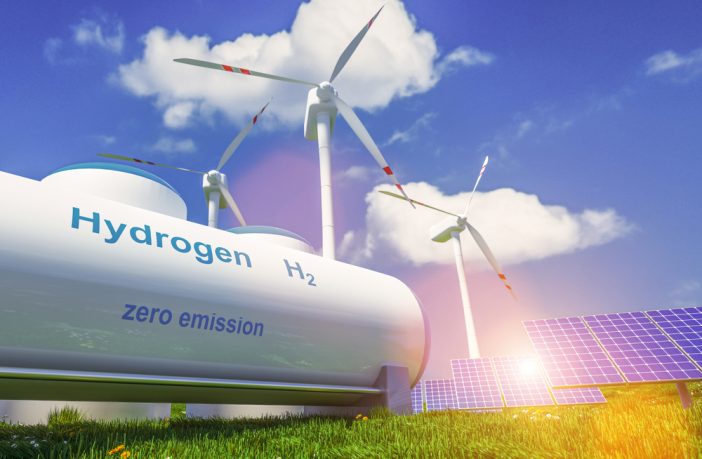- Researchers at Monash University in Melbourne, Australia, have developed a new open-source economic modelling tool to predict that solar-powered production of green hydrogen by electrolysis will fall to AUD 2 (USD 1.50) per kilogram by the end of this decade.
The Hydrogen Economic Fairways Tool (HEFT) – developed by researchers from Monash University in collaboration with Geoscience Australia – is a free online tool that assesses the economic viability of potential hydrogen operations across Australia. Stuart Walsh, a senior lecturer in resources engineering at Monash University, said that the tool can conduct detailed geospatial-financial analysis of future large-scale hydrogen projects.
It assesses the quality of energy resources such as wind, solar PV, concentrated solar power, steam methane reformation (SMR) with carbon capture and storage (CCS), and coal gasification with CCS. It also considers other associated costs such as transportation, infrastructure and storage.
“It’s a tool we’ve developed in collaboration with Geoscience Australia to identify regions of potential development of new hydrogen projects,” Walsh told pv magazine. “In particular we’re looking at those areas which are best suited for developing hydrogen projects from an economic perspective.”
The Australian government has committed to green hydrogen – generated by electrolysis powered by solar PV and wind energy – as a fuel for the future. It has formally recognized it as a “priority technology” in the Technology Investment Roadmap announced late last year.
Walsh said that modelling completed using the HEFT, with tech cost reduction forecasts provided by financial research company BloombergNEF, shows that the AUD 2/kg goal is achievable.
“It’s definitely possible, especially over that 10-year time frame,” he said. “A lot can change over that period but if the Bloomberg numbers hold up, keeping in mind they are a bit optimistic, then our model predicts you can get to that AUD 2 farm gate production target.”
The HEFT modeling indicates that off-grid hydrogen production using solar PV could be as low as AUD 2/kg by 2030. Adding water and delivery costs would lead to a hydrogen cost just below AUD 3/kg before shipping.
The HEFT is an open-source modeling tool, freely available via Geoscience Australia’s AusH2 portal. The software has been designed to be as flexible as possible. There are also plans to expand the tool’s capabilities, with the aim of optimizing the development of shared infrastructure to facilitate large-scale hydrogen production and delivery, in order to attract investment into Australia’s hydrogen industry.
Further inclusions of battery, hydro, pumped hydro energy storage, and delivery infrastructures will be added to the tool. Large-scale hydrogen storage will also be incorporated in future works.
Author: Dave Carrol
This article was originally published in pv magazine and is republished with permission.















